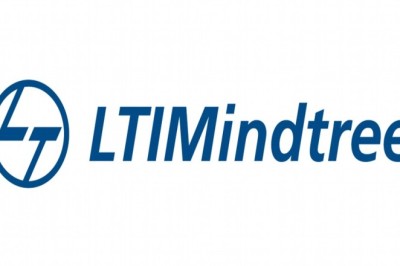
Latest GSMA Mobile Connectivity Index Tracks Global Progress on Mobile Internet Adoption
DUBAI,United Arab Emirates-- (BUSINESS WIRE/ AETOS Wire)-- The United Arab Emirates (UAE) has increased its overall score on the GSMA Mobile Connectivity Index by five points over the last two years, according to new data published today at the GSMA Mobile 360 – Middle East and North Africa event in Dubai. Between 2014 and2016, the UAE demonstrated progress across all four enablers for mobile internet adoption as measured by the Mobile Connectivity Index: infrastructure;affordability; consumer readiness; and content. Its overall score over the two-year period increased from 67 to 72, well above the global (59) and regional (58) averages. The new data forms part of the latest edition of the Mobile Connectivity Index, which is now available at www.mobileconnectivityindex.com and includes data on 150countries worldwide.
“The UAE added around half a million new mobile internet subscribers between 2014and 2016, which means that almost 80 per cent of the country’s population is now using mobile devices to access the internet, underlining the UAE’s position as one of the most advanced markets in the world in terms of mobile internet adoption,” said Jawad Abbassi, Head of MENA region at the GSMA.“This improvement was driven particularly by increasing mobile network quality and the availability of more locally relevant mobile apps and social media content.”
Progresson Delivering a Global Mobile Internet Platform
On a global basis, the average Mobile Connectivity Index score increased six points to 59 between 2014 and2016. At the end of last year, there were approximately 3.5 billion mobile internet subscribers, representing just under half of the global population.Improvements in the global score have been driven by the development of more relevant content in local languages; better infrastructure (particularly network coverage and quality), assisted by the availability of more spectrum;and more affordable devices and mobile data services. However, despite progress over the last two years, more than half of the world’s population – around 4billion people – remain offline and are excluded from the powerful opportunities for social and economic development that the mobile internet enables.
GSMA Mobile Connectivity Index scores, UAE v regional/global averages (2016)
UAE MENA region (average) Global (average)
Mobile internet adoption enablers:
Infrastructure 68 52 52
Affordability 82 62 62
Consumer readiness 68 59 68
Content 73 63 59
Overall Mobile Connectivity Index score 72 58 59
Mobile internet subscribers 7.5m 210m 3,500m
Mobile internet penetration (% of population) 78% 38% 48%
Source: GSMA Mobile Connectivity Index
Measuring Market Foundations for Mobile Internet Adoption
The GSMA’s Mobile Connectivity Index is designed to support the efforts of the mobile industry and the wider international community to deliver on the ambition of universal access to the internet. The Index has recently been updated to include 2016 data and a range of new features, including improved indicators to measure the affordability of mobile services and the creation of content. The web tool also now offers users the opportunity to compare country scores over time.
The Index now measures the performance of 150 countries, representing 98 per cent of the world’s population. It measures markets on each of the four key enablers and produces an overall composite score, which reflects the strength of the foundations to support widespread adoption of the mobile internet. The four key enablers are:
- Infrastructure – the availability and quality of high performance mobile internet network coverage. Without network coverage, people cannot get online, and without high-performing networks it is more difficult to access the full potential of the internet.
- Affordability – the availability of mobile services and devices at price points that reflect the level of income across a national population. Aside from prices and incomes, affordability is also affected by the level of taxation, as well as inequality – if income distribution is skewed towards a small proportion of the population, the mobile internet will remain unaffordable for many people.
- Consumer Readiness – citizens with the awareness and skills needed to value and use the internet. Without the necessary skills and supporting cultural environment, individuals may not understand how to use the mobile internet or appreciate how it can benefit them. Some individuals, especially women, might also find themselves prevented from accessing the mobile internet in some countries.
- Content – the availability of online content and services that are accessible and relevant to the local population. Consumers are less likely to connect to the mobile internet unless there is online content and services that are relevant and would be of benefit to them. This might be as simple as having content in their native language or it might be the availability of certain apps or services such as social media, banking or education.
The Mobile Connectivity Index allows users to explore in detail the performance of individual countries, compare countries against each other, and investigate the different dimensions and indicators that feed into each of the enablers. The free-to-use tool is accessible at www.mobileconnectivityindex.com.



















Facebook Conversations
Disqus Conversations